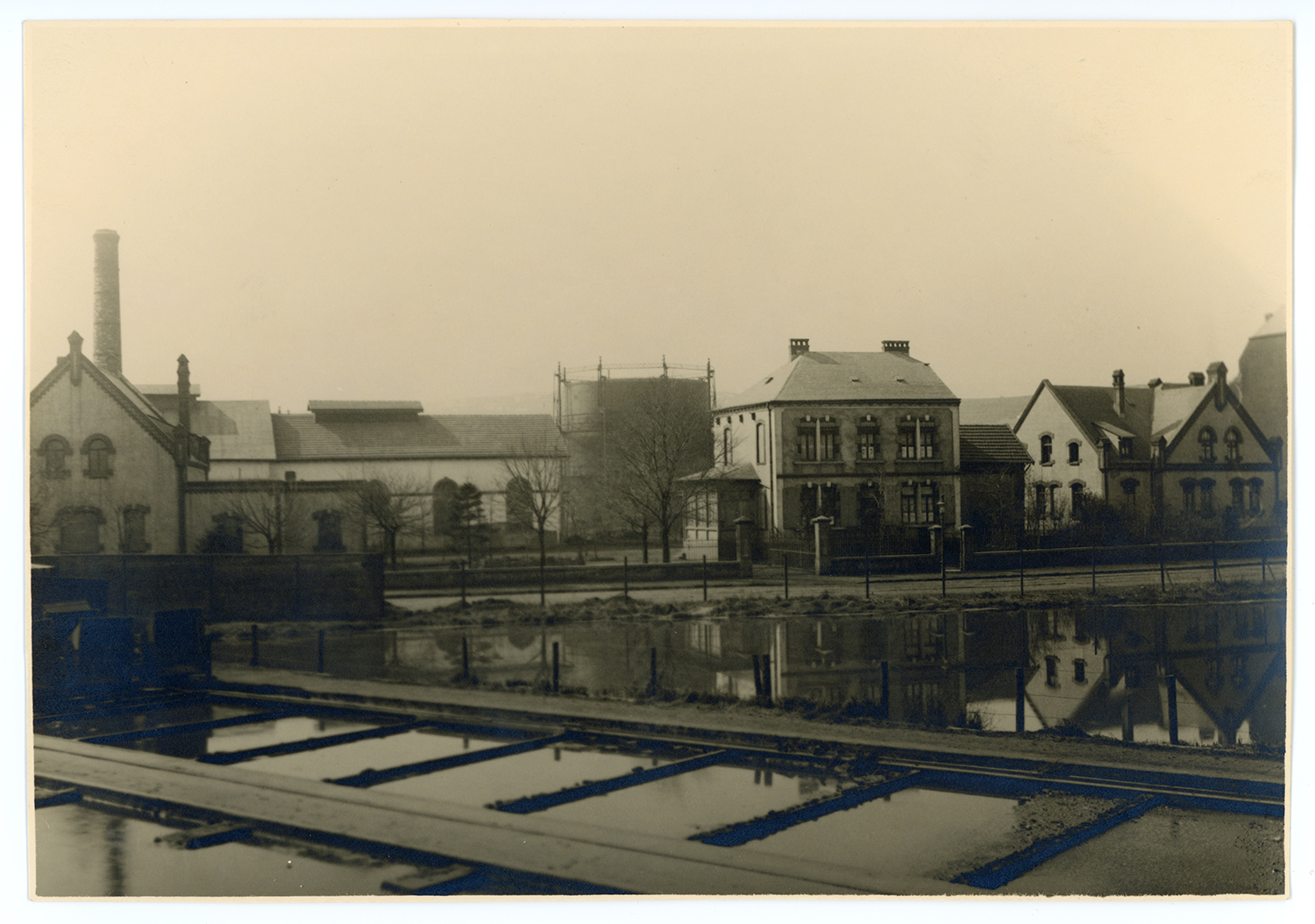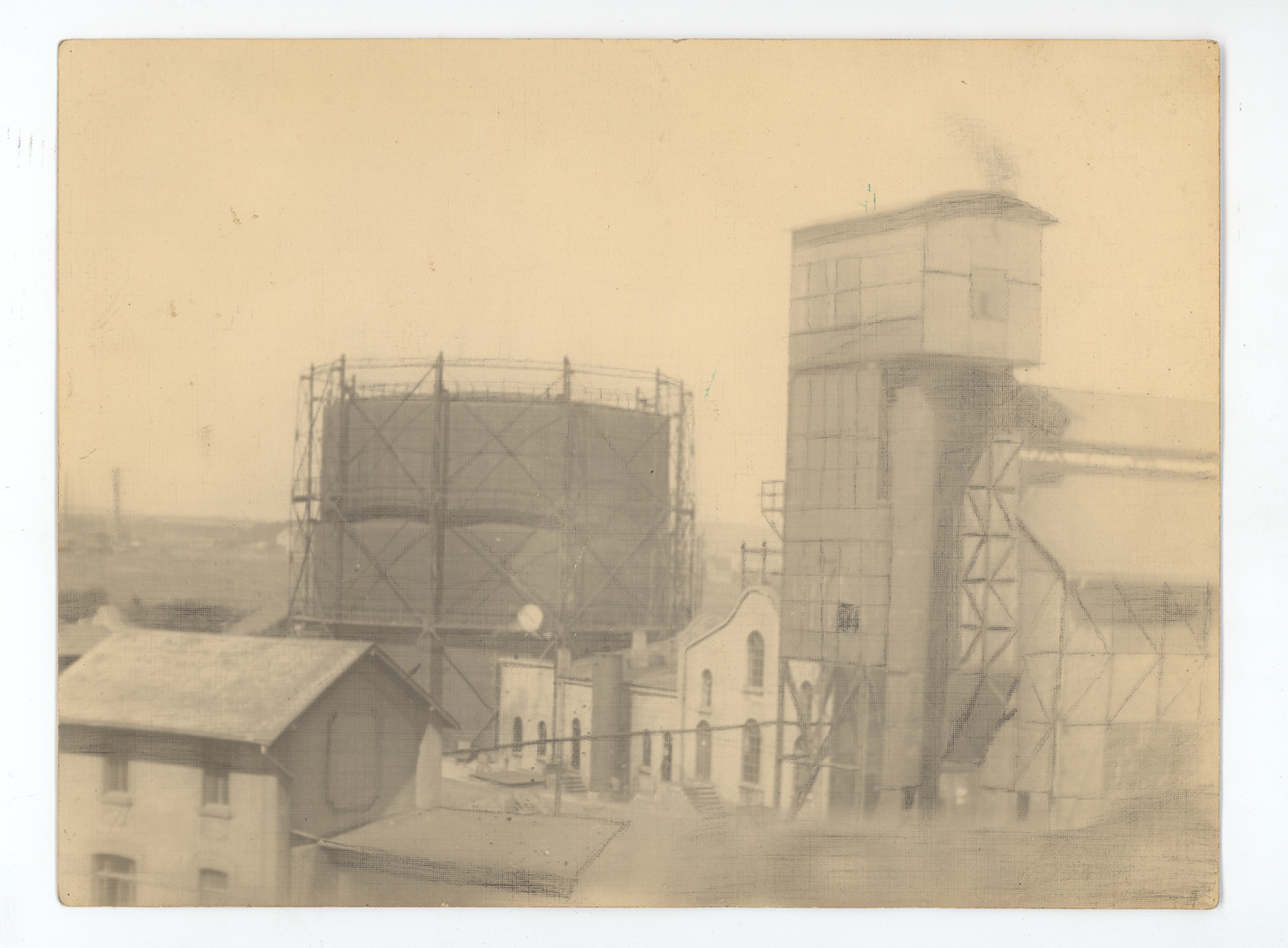A little-known industrial chapter with international implications
To mark its 125th anniversary, SUDenergie is funding a research project in collaboration with the C²DH to explore its history. The SUDenergie story, which began in 1899 with the building of a gasworks in Esch-sur-Alzette and the use of coal gas for street lighting, is linked to the national and international history of the gas industry through the companies that were active in Luxembourg from the 1890s onwards – mostly German but also French –, as well as the contribution of large numbers of migrant workers from northern Luxembourg and neighbouring Germany.

Kayl Gasworks (Kayl Municipal Archives)

The project funded by SUDenergie is therefore an opportunity to shed new light on both industrial history and the history of migration in Luxembourg from a fresh angle. While gas is now mainly used for heating, it was initially produced for public lighting – and it was very popular with local authorities, given that the alternatives were oil or as yet relatively inefficient electric lighting. The story of SUDenergie shows how the use of gas developed (from coal gas, initially produced locally and then remotely, to imported natural gas) and also illustrates the diversification of energy production over time, as reflected in the different names of the company: Compagnie générale pour le Gaz et l’Électricité, then Sudgaz, and finally SUDenergie.

Differdange Gasworks (SUDenergie archives)

Esch Gasworks (Marie-Thérèse Hartz collection)
The story of SUDenergie, from the building of the first gasworks in Esch-sur-Alzette and Differdange to the current diversified energy company owned by fourteen local authorities, is now available via the website 125joer.sudenergie.lu. The site presents the main milestones in the company’s history and also features interviews, archives and lists of employees at the gasworks in Esch-sur-Alzette, Differdange and Kayl from the 1900s to the 1950s. Two interactive maps indicate where the workers came from and provide additional information about them, representing a useful tool for research on migration and genealogical history.

Staff at the Esch gasworks (Marie-Thérèse Hartz collection)
The research showcased on the website, which will also serve as the basis of a monograph, is led by Professor Denis Scuto and conducted by postdoctoral researcher Philippe Blasen, with valuable support from students Sophia Guarda, Naomi Chirilă, Lejla Osmanović and Mikko Zaglaniczny.
